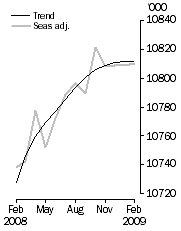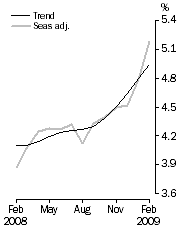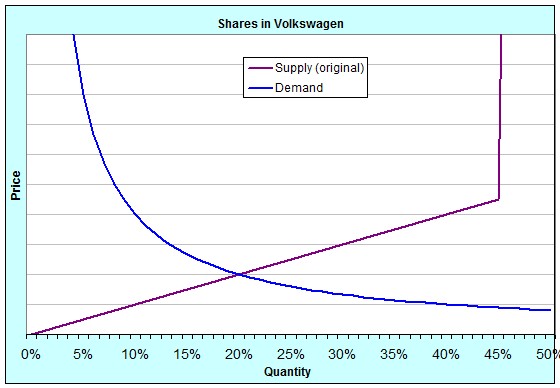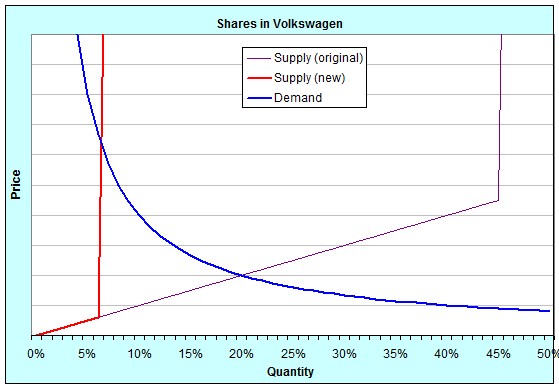EC102 has once again finished for the year. It occurs to me that my students (quite understandably) got a little confused about the timeframes over which various elements of macroeconomics occur. I think the reason is that we use overlapping ideas of medium- and long-run timeframes.
In essense, there are four models that we use at an undergraduate level for thinking about aggregate demand and supply. In increasing order of time-spans involved, they are: Investment & Savings vs. Liquidity & Money (IS-LM), Aggregate Supply – Aggregate Demand (AS-AD), Factor accumulation (Solow growth), and Endogenous Growth Theory.
It’s usually taught that following an exogenous shock, the IS-LM model reaches a new equilibrium very quickly (which means that the AD curve shifts very quickly), the goods market in the AS-AD world clears quite quickly and the economy returns to full-employment in “the long-run” once all firms have a chance to update their prices.
But when thinking about the Solow growth model of factor (i.e. capital) accumulation, we often refer to deviations from the steady-state being in the medium-run and that we reach the steady state in the long-run. This is not the same “long-run” as in the AS-AD model. The Solow growth model is a classical model, which among other things means that it assumes full employment all the time. In other words, the medium-run in the world of Solow is longer than the long-run of AS-AD. The Solow growth model is about shifting the steady-state of the AS-AD model.
Endogenous growth theory then does the same thing to the Solow growth model: endogenous growth is the shifting of the steady-state in a Solow framework.
What we end up with are three different ideas of the “long-run”: one at business-cycle frequencies, one for catching up to industrialised nations and one for low-frequency stuff in the industrialised countries, or as I like to call them: the short-long-run, the medium-long-run and the long-long-run.



